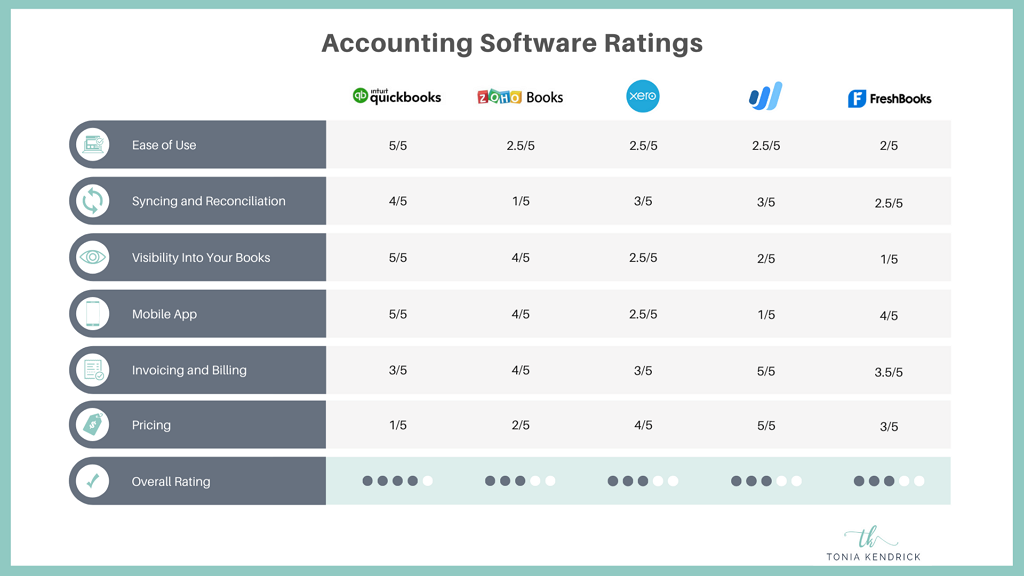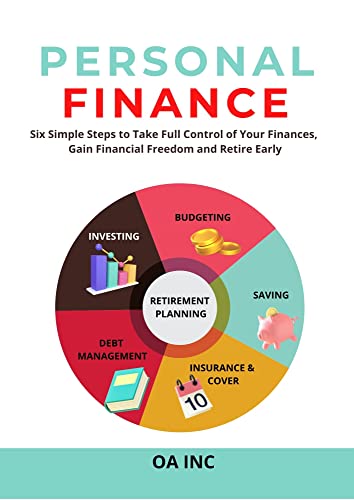Budgeting Basics – How to Create a Financial Plan That Works for You
Creating a financial plan is crucial for managing your money effectively and achieving your financial goals. A well-crafted budget helps you track your income and expenses, save money, and make informed financial decisions. In this blog post, we will discuss the essential budgeting basics and guide you through the process of creating a financial plan that works for you.
1. Assess your current financial situation:
Before building a budget, it is important to understand your current financial status. Calculate your total income, including salary, investments, and other sources. Then, list all your expenses, such as rent/mortgage, utilities, groceries, transportation, debt payments, and entertainment. This will give you a clear picture of your cash inflows and outflows.
2. Set financial goals:
Determine your short-term and long-term financial goals. Examples include saving for a down payment on a house, paying off debt, creating an emergency fund, or saving for retirement. Setting clear goals helps prioritize your spending and gives a purpose to your budget.
3. Track your expenses:
To create an effective budget, monitor your expenses for a few months. Use a spreadsheet or a budgeting app to categorize your expenses, such as housing, transportation, food, entertainment, and savings. This will help you identify areas where you can cut back and allocate more funds towards your goals.
4. Create a spending plan:
Based on your income, expenses, and financial goals, establish a spending plan. Allocate a specific amount for each expense category, ensuring you allocate enough for savings and reducing unnecessary spending. Consider using the 50/30/20 rule, which suggests allocating 50% of your income for essentials, 30% for discretionary spending, and 20% for savings and debt repayment.
5. Automate your savings:
Make saving money a priority by setting up automated transfers from your checking account to a savings or investment account. This ensures that a portion of your income goes towards savings before you have a chance to spend it.
6. Review and adjust your budget:
Regularly review your budget to assess your progress and make necessary adjustments. Track your expenses and compare them to your plan. If you notice overspending in certain categories, find ways to cut back or reallocate funds accordingly.
7. Seek additional tools and resources:
Utilize budgeting resources, such as personal finance apps, online calculators, and budgeting templates, to simplify the budgeting process. Many apps offer features like expense tracking, bill reminders, and budget analysis, which can help you stay on track and reach your financial goals.
Remember, budgeting is a continuous process that requires discipline and adaptability. Stay committed to your financial plan and make changes as needed to accommodate life events or changes in income. By following these budgeting basics, you will gain control over your finances, reduce money-related stress, and work towards a more secure financial future.
Implementing a budget is the first step towards financial freedom. Start today!











